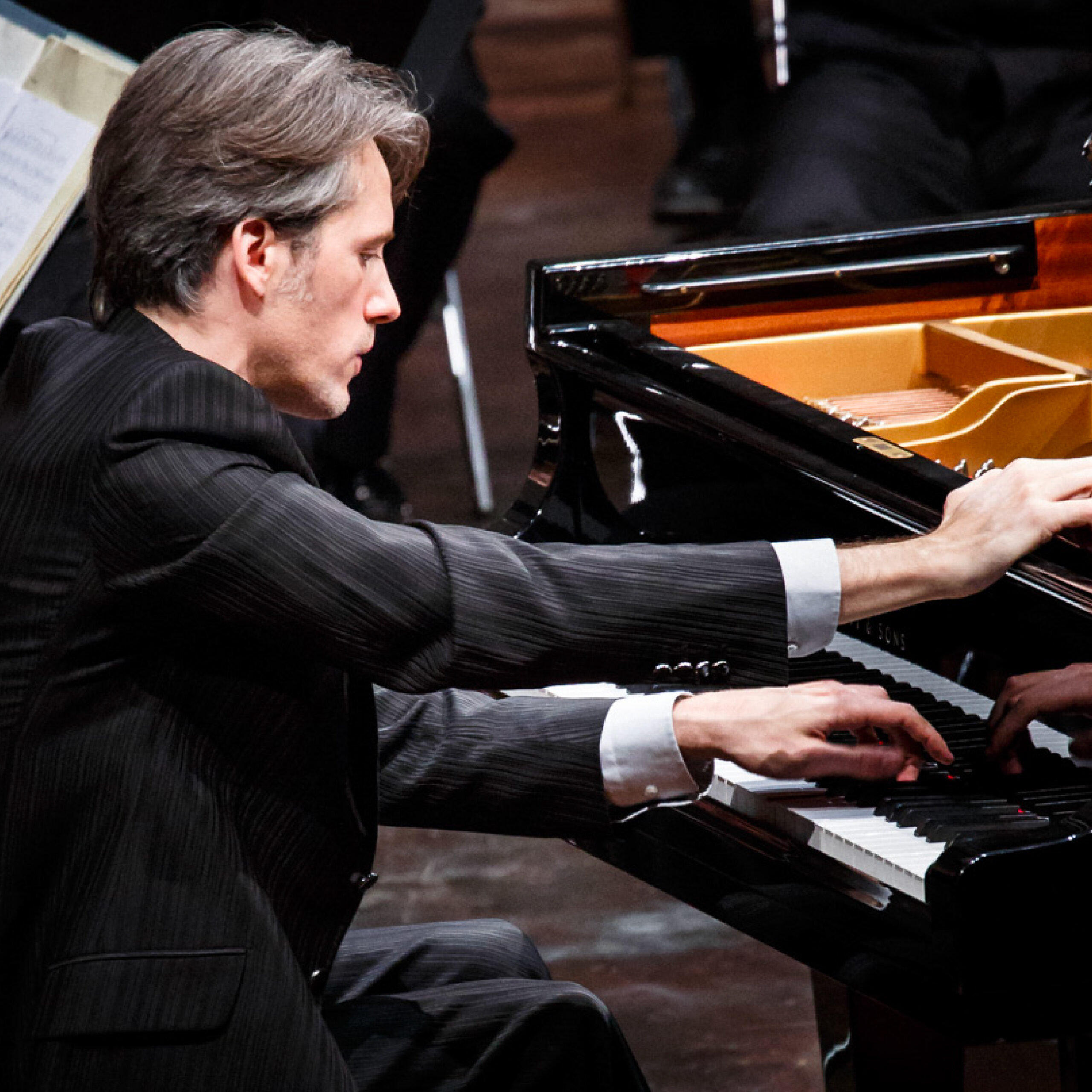


“Here is the first of four planned discs devoted to Ravel’s piano works that promises to be painstakingly comprehensive, with everything from the traditional canon to unpublished rarities plus every composer-authorised transcription. Pianist Vincent Larderet states that he has prepared his recordings from the personal scores annotated by Vlado Perlemuter during his collaboration with the composer, which apparently contain detailed markings in regard to phrasing, pedalling, dynamics and tempo, along with corrected errors, some of which did not find their way into certain editions in common use.
Larderet doesn’t discuss the annotations in detail, although they may well inform certain interpretative characteristics. In Miroirs, for example, his sec touch and focus on clarity through ‘Noctuelles’ recalls Jacques Février’s stylistically similar traversal, in contrast to the muted deliberation of ‘Oiseaux tristes’. Larderet also defines the alternating 6/8 and 2/4 rhythmic scheme of ‘Une barque sur l’océan’ more consistently than many pianists. In a zeitgeist where incisively speedy readings of ‘Alborada del gracioso’ are the norm, some might find Larderet’s textual rectitude and overall moderation on the kadenzaidial side. On the other hand, in ‘La vallée des cloches’ he maintains dynamic levels across the music’s three staves in perfect perspective.
Larderet doesn’t caressingly round off Jeux d’eau’s phrases as one tends to expect, keeping the tempos fairly strict and paying close attention to Ravel’s left-hand accents and points of emphasis. It somehow recalls the square-toed style and concentrated integrity that the older Wilhelm Kempff brought to his Brahms recordings. Likewise, the pianist builds much of Valses nobles et sentimentales from the bottom up, with bass lines and carefully phrased inner voices to the fore. Like Leon Fleisher, Larderet usually treats up-beats as beginnings of phrases, which prevents cadential ritards from sounding predictably uniform and generic.
The pianist takes the Modéré directive of the Sonatine’s first movement on faith, where one finally hears the quasi-tremolo demisemiquavers in unblurry estate, not to mention rests that really breathe. Conversely, Larderet’s meticulous literalism throughout the Menuet gives a fragmented, discontinuous impression, although such attention to detail yields more audible distinction than most between the finale’s Animé and Agité passages. Finally, the Pavane moves like a real pavane, as a steady and dignified processional, with no au courant micromanaged hyper-staccatos or coy diminuendos. In short, Larderet’s Ravel may not represent the last word in charm, poetry and surface shimmer, yet one must respect the honesty, the forethought and the hard work that these recordings convey.
Jed Distler